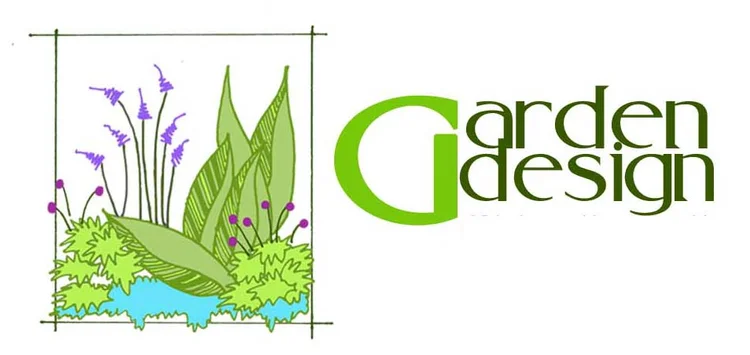Late February/early March is the perfect time to prune in your garden. The goal is to complete pruning before new growth begins in the spring. Pruning will be stressful on plants, so avoid the period during bud break and leaf expansion in spring so plants can use their stored food during this period of activity. This is true for summer flowering trees and shrubs and most evergreen shrubs. Spring flowering shrubs (in general) are best pruned after they bloom. There are many reasons we need to prune in our gardens including to maintain size & aesthetics, for plant health, and to encourage flowering.
Most plants can be pruned year round for aesthetic reasons and for general shaping. The three basic pruning techniques for shrubs are heading back- for size control where individual branches are shortened, thinning which is to remove an entire branch back to main trunk, and shearing used to clip foundation shrubs such as hollies. When pruning most plants, you may ask how much should I prune back? In general, the one-third rule is a good guide. By not taking out more than one-third of a plant at a time, you will not over stress the plant. If you need to reduce a plant by more than half its size, then now is the optimum time to do this before new growth begins to emerge. Avoid severe pruning other times of year as it may be too stressful and the plant may not recover. Remember that slower growing plants such as Boxwoods and Osmanthus may not fully leaf out as quickly sometimes taking the full growing season to recover. On the flip side many broadleaf evergreens benefit from severe pruning. The easy rule of thumb to remember is that the faster and larger a shrub grows the more you can cut it back and the better it will recover. Sometimes a plant out grows the space where it is planted, so don’t be afraid to remove a plant to avoid extreme pruning maintenance and perhaps replace with a more appropriate sized plant.
Pruning for plant health involves the three “D’s” of pruning- Dead, Diseased, or Damaged. These types of branches should be cut out any time of year. Pruning to allow more light and air circulation in the canopy will help reduce insect and disease problems.
Pruning to promote flowering can be a bit tricky. Some plants bloom on “new wood” and others on “old wood”. Flowering on new wood means that a plant does not create flower buds until after growth begins in spring and this new growth will produce the flower buds. Plants that flower on new wood typically flower in late spring, summer and fall. Some examples of plants that flower on new wood include roses, Hydrangea paniculata & arborescens, hibiscus, abelia, beautyberry (Callicarpa), roses, ligustrum, nandina, crape myrtle, and butterfly bush (Buddleia).
In North Carolina, most early spring blooming shrubs (there are some exceptions) flower on old wood and are best pruned after they bloom so that you do not inhibit their spring show of flowers. Flowering on old wood means that a plant forms the flower buds for next year’s blooms during the current year. Prune these plants immediately after blooming. Some examples of plants that flower on old wood include forsythia, azaleas, winter jasmine, styrax, viburnum, spirea, weigela, calycanthus, oakleaf hydrangea, and climbing hydrangea. If you prune before they flower, you’ll remove the flower buds. If you wait too long after they’ve finished blooming, they may not have enough time to create flower buds for next year.
Bigleaf or lacecap hydrangea (Hydrangea macrophylla) is the plant that throws a wrench into all of the typical advice about pruning, because it flowers in late summer on old wood. The best advice on pruning big-leaf hydrangea is to avoid doing so if at all possible, because you cannot prune it without sacrificing some flowers. Even in the case of re-blooming hydrangeas like Endless Summer, which flowers on both old and new wood, avoiding pruning ensures the longest display. If you’ve inherited an older type of hydrangea, or moved to a home with a large hydrangea reduce it by one-third of the stems every year after flowering until you get it to the height you desire.
Shrubs that flower on old wood and offer ornamental fruit cannot be pruned without sacrificing their display, so it is best to avoid pruning these all together: Winterberry holly (Ilex verticillata), Blue holly (Ilex x meservae), Viburnums - if grown for the berry display. Don’t forget to prune old growth off perennials, liriope and other ornamental grasses in late winter/early spring to make way for new spring growth.
I hope these tips and techniques will make pruning in your garden easier, so sharpen up your pruning tools and get to work quickly!
